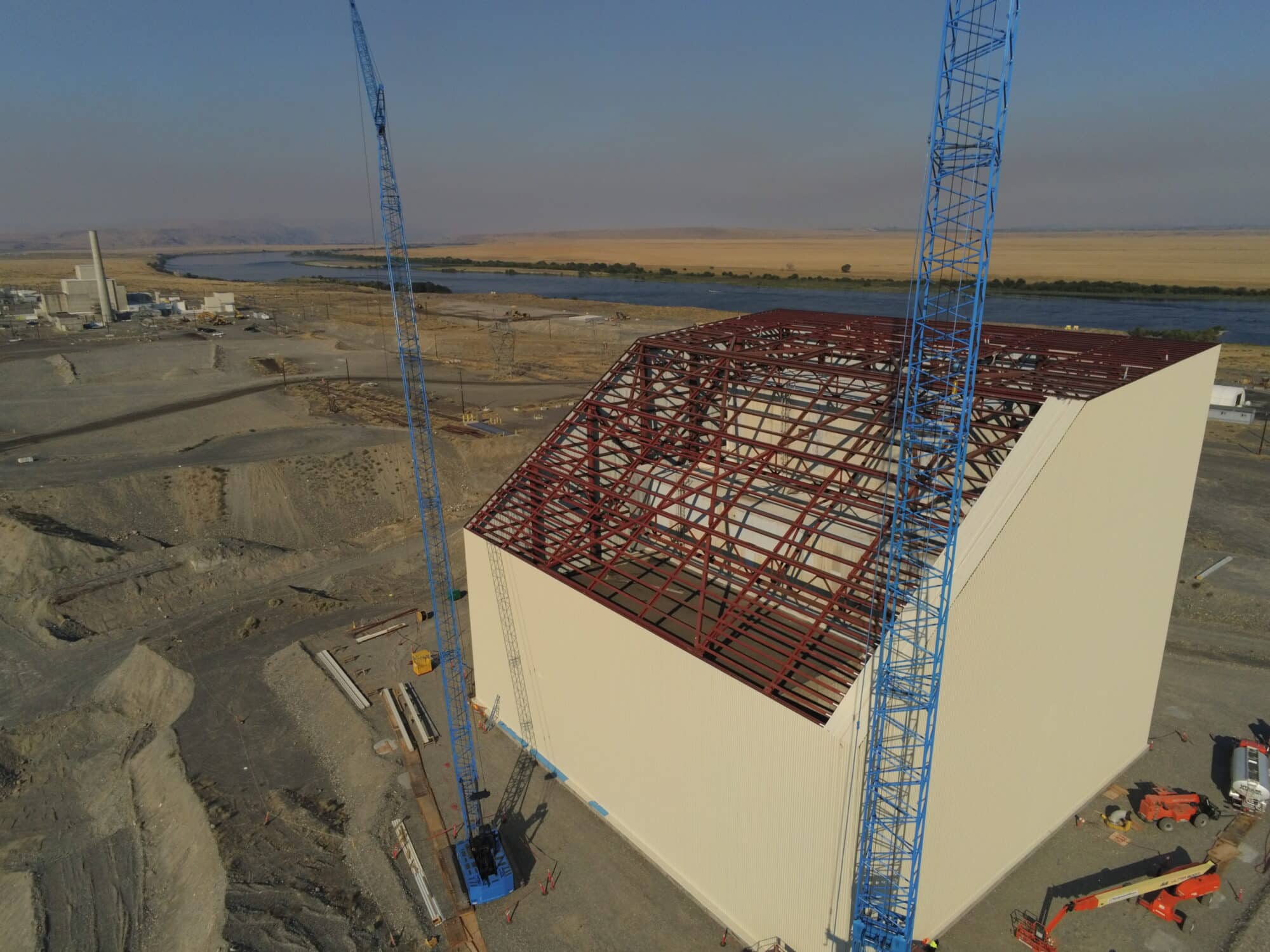Company Overview
The Central Plateau Cleanup Company (CPCCo) is an Amentum-led prime contractor at the U.S. Department of Energy’s (DOE) Hanford Site in southeastern Washington state. The company is responsible for the environmental cleanup of select portions of the site, regarded as one of the most complex and challenging projects in the world. Hanford spans 580 square miles and is home to facilities that once produced materials to support nuclear weapons for World War II and the Cold War.
CPCCo’s cleanup vision aims to deliver headline-worthy changes by safely achieving meaningful near-term goals and reducing risk while accelerating the overall remediation schedule and minimizing lifecycle costs. The company’s work primarily focuses on:
- Facility deactivation, decommissioning, decontamination, and demolition
- Waste-site remediation
- Transuranic waste management
- Soil and groundwater treatment to protect the Columbia River, which runs adjacent to the site
- Development of decision documents to support regulatory requirements and oversight
- Preservation of select Manhattan Project National Historical Park assets at Hanford
CPCCo assumed the 10-year, $10 billion Central Plateau Cleanup Contract in January 2021. The company employs 1,700 experienced and talented workers committed to CPCCo’s vision of completing the cleanup work safely and efficiently.
Project Highlights
-
- Completed demolition at Hanford’s historic Plutonium Finishing Plant, removing remaining structures and placing a protective soil cover over the top of the area.
- Finished “cocooning” of the K East Reactor by constructing an innovative steel structure around the facility, which protects the building while allowing radioactivity in the core to decay over the next 75 years. The construction project – marked as a DOE Environmental Management fiscal year (FY) 2022 priority – was completed a year ahead of the original approved completion date and more than $4 million under budget.
- Treated 2.3 billion gallons of groundwater, meeting an FY 2022 DOE Key Performance Goal and marking the eighth straight year the Hanford Site has treated more than 2 billion gallons of groundwater.
- Preparing the Integrated Disposal Facility, an engineered landfill at the center of the Hanford Site, to receive vitrified low-activity waste produced at the Hanford Waste Treatment and Immobilization Plant and other secondary solid wastes generated during the treatment process. The facility is a key component of the Direct-Feed Low-Activity Waste program to treat Hanford’s tank waste.
- Operating the Environmental Restoration Disposal Facility (ERDF), Hanford’s engineered landfill for low-level radioactive and hazardous mixed waste. ERDF is the largest landfill in the DOE-EM complex, containing nearly 20 million tons of contaminated soil, debris, and solid waste from cleanup activities in Hanford’s Central Plateau and Columbia River corridor.
- Removing debris and installing a dewatering system at the K West Reactor spent fuel storage basin in preparation for grouting and demolition. Both the K East and K West basins provided temporary storage of irradiated fuel discharged from reactors prior to shipment to fuel processing facilities.
- Developing a system to transfer 1,936 cesium and strontium capsules from underwater pools at the aging Waste Encapsulation and Storage Facility to a nearby dry storage configuration. The capsules represent nearly one-third of the total radioactivity on the Hanford Site.
- Completing several cleanup activities at two of Hanford’s former plutonium processing plants in preparation for eventual demolition.
- Managing radioactive and mixed waste stored at Hanford’s Central Waste Complex, which stores transuranic waste and other waste types requiring processing before disposal.
- Completed a series of upgrades to Hanford’s historic B Reactor, the world’s first full-scale plutonium production reactor, and part of the Manhattan Project National Historical Park. The upgrades to the reactor ensure safety and enhance visitor experience during the summer tourist season.
